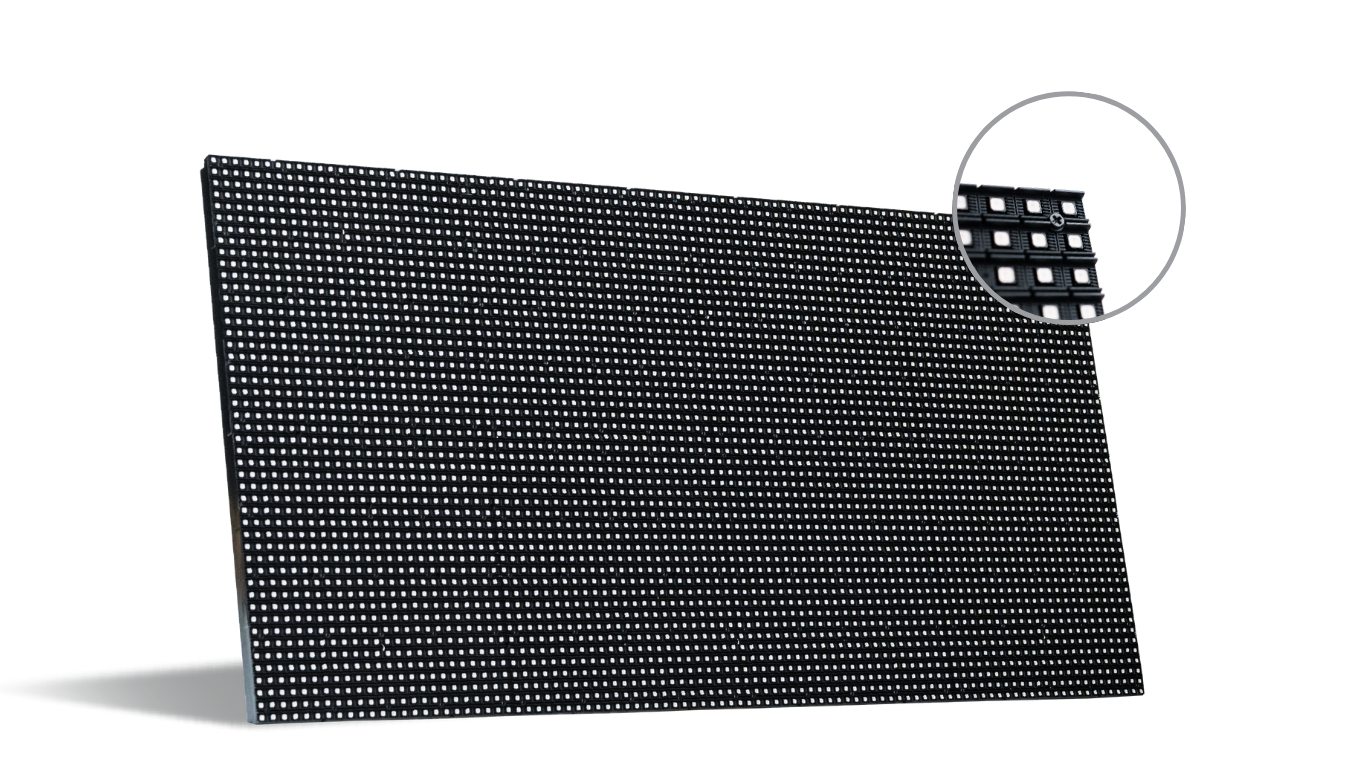
The Importance of Color Calibration in LED Signs
LED signs are essential tools for businesses and organizations aiming to capture attention and communicate effectively. However, their effectiveness depends on one critical factor: color calibration.
Tag

LED signs are essential tools for businesses and organizations aiming to capture attention and communicate effectively. However, their effectiveness depends on one critical factor: color calibration.

LEDs (Light Emitting Diodes) have skyrocketed in popularity thanks to their energy efficiency, eco-friendliness, affordability, and long lifespan. They’re the backbone of modern digital signage and scoreboards, offering businesses a reliable and impactful way to display information and attract attention.
Among the various types of LEDs, SMD (Surface Mounted Devices) and DIP (Dual Inline Package) LEDs stand out as the most common technologies. While they share the same foundational principles, they bring unique advantages to the table.

LED (Light Emitting Diode) technology has transformed the signage industry with its unparalleled brightness, energy efficiency, and durability. Businesses across industries are leveraging LED signage to captivate audiences, convey messages, and achieve marketing goals.

Upgrading to LED signage at race tracks is more than a technological enhancement—it’s a strategic investment that can revolutionize fan experiences, streamline operations, and unlock new revenue streams. With careful planning, thoughtful design, and expert implementation, LED signage can transform race track environments, ensuring high visibility, interactivity, and long-term success.